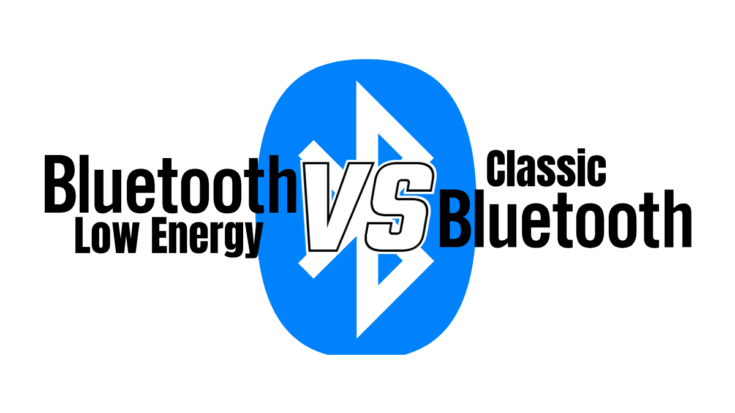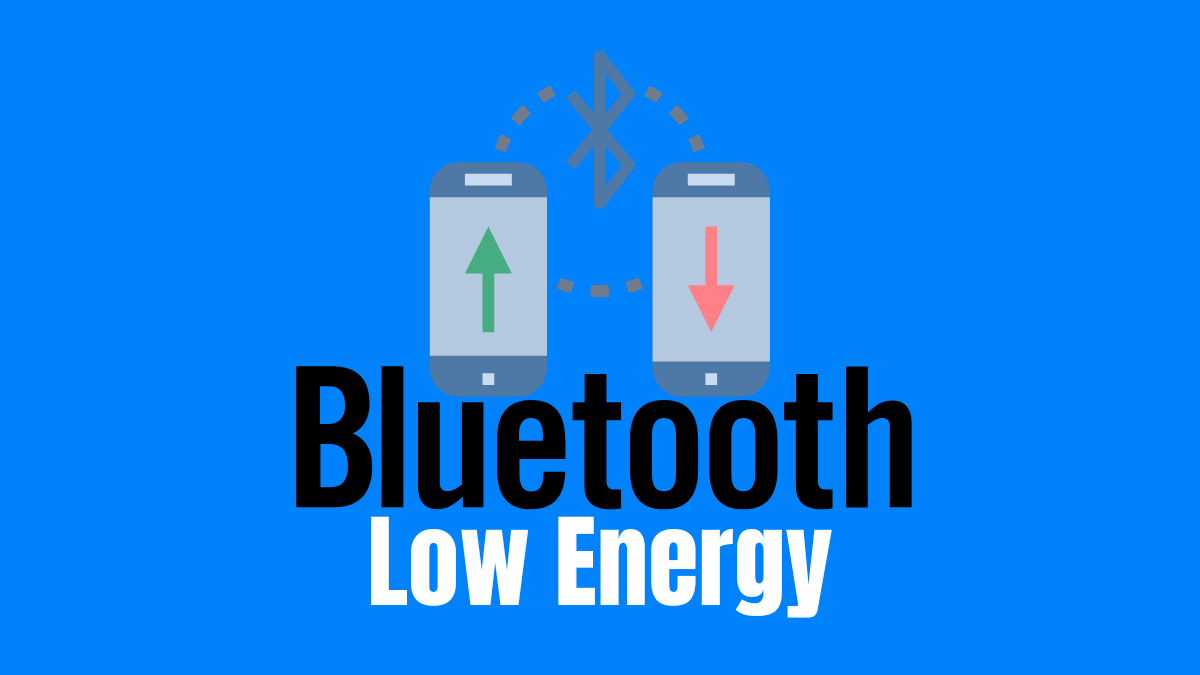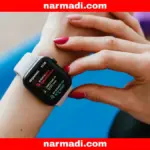In the previous article, we explained the meaning of Bluetooth Low Energy (BLE), from how it works to its benefits.
We all know that Bluetooth Low Energy (BLE) allows devices to communicate with each other without spending a lot to have a wide range.
But do you know what applications use Bluetooth Low Energy (BLE)? And how does it differ from classic Bluetooth?
Also Read
In this article, we will explain the characteristics of applications that use Bluetooth Low Energy (BLE) and the differences between them and classic Bluetooth.
Table of Contents
Bluetooth Low Energy Application

1. Smart home
Bluetooth Low Energy technology allows devices such as smart lights, thermostats, and smart locks to connect within a smart home ecosystem, providing convenience and efficiency.
2. Wearable devices
Bluetooth Low Energy is widely used in devices such as smartwatches, fitness trackers, and portable medical devices. For example, fitness trackers use BLE to send step and heart rate data to your phone without draining the battery.
3. Gaming and entertainment
Game controllers, wireless headphones, and audio devices often utilize Bluetooth Low Energy to provide a cable-free experience with longer battery life.
4. Internet of Things (IoT)
Bluetooth Low Energy is the main foundation for IoT devices such as temperature sensors, location trackers, and beacons for indoor navigation.
Difference Between Bluetooth Low Energy and Bluetooth Classic

Bluetooth Low Energy
SIG research over the last decade has sought to improve Bluetooth performance in terms of energy consumption, with the introduction of the Bluetooth Low Energy (BLE) standard in 2010.
Bluetooth Low Energy is a very low-power version of Bluetooth aimed at low-power sensors and accessories.
This is ideal for applications that do not require a continuous connection but depend on long battery life.
Bluetooth Low Energy has a transfer speed of up to 1 Mbps with a range of around 100 meters.
Classic Bluetooth
Classic Bluetooth is designed for continuous two-way data transfer with high Application throughput (up to 2.1 Mbps); very effective, but only over short distances.
So, it’s the perfect solution when it comes to streaming audio and video, or mice and other devices that require a continuous broadband link.
Classic Bluetooth has a transfer speed of up to 3 Mbps with a range of around 10 meters.












